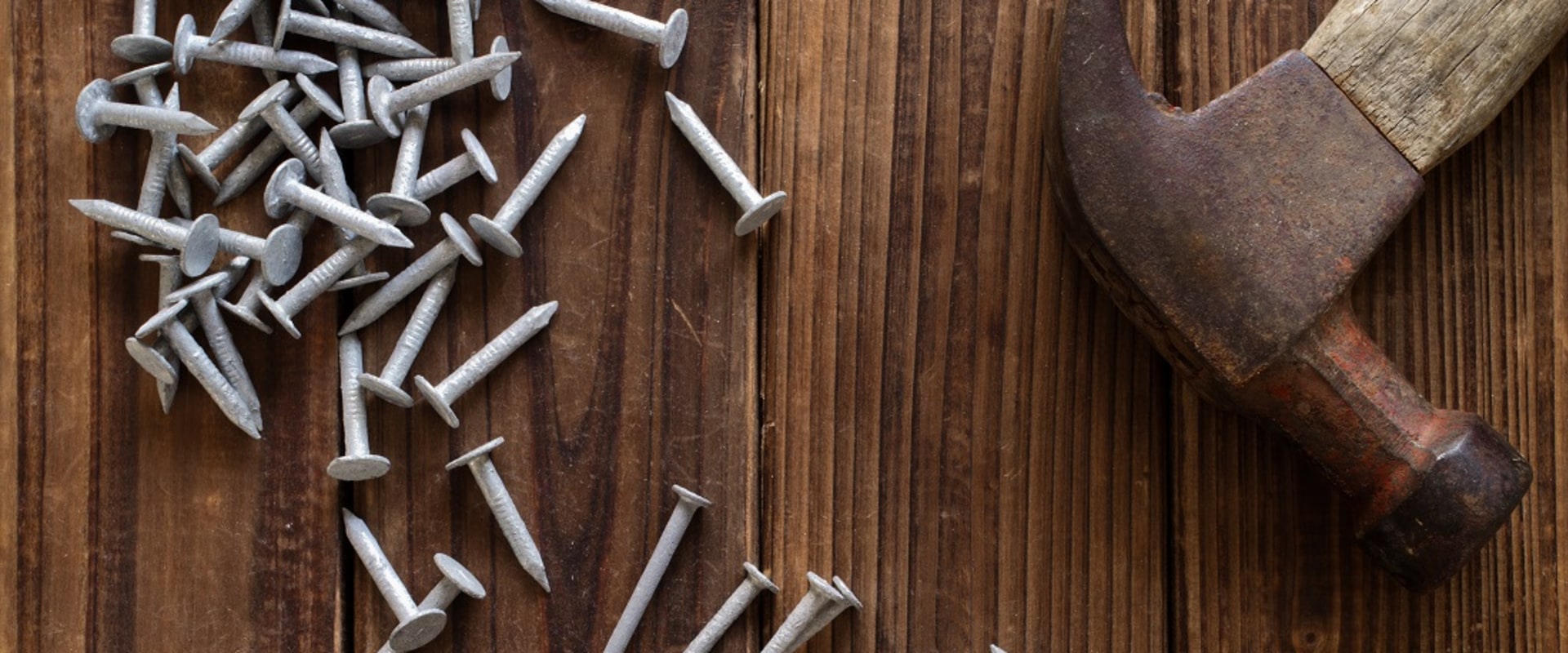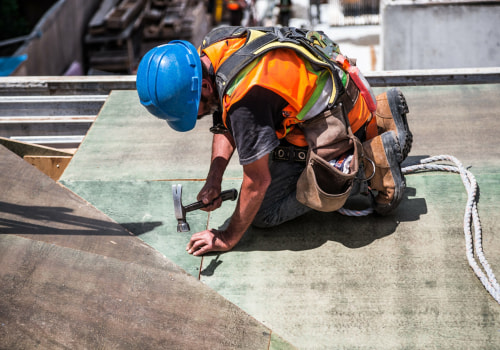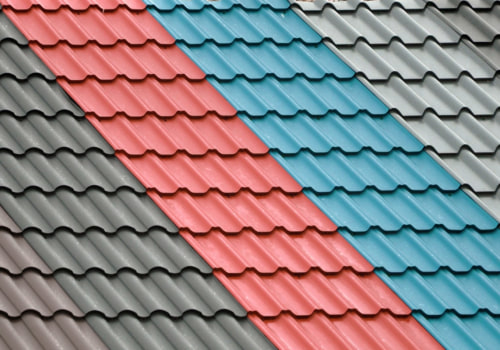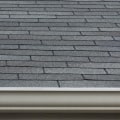The standard, cheapest and most commonly used roofing nails are smooth roofing nails. They are usually made of aluminum, stainless steel or copper, and they are not as sturdy. The length of the stem you need depends on the roofing material. For the best performance, you should use annular roofing nails made of hot-dip galvanized steel.
You must use a 12 gauge or thicker. The length of the nail you use depends on the thickness of the coating and the shingles you use. If your roof is made of wood and pallets, you will greatly benefit from the use of bolted nails. Due to its unique twisted shank, this type of nail is exceptional for fixing roof tiles even in extreme weather conditions.
Other distinctive features are its flat head and diamond tip, which allow you to easily drill the shingles without causing excessive stress. Stainless steel nails are best used for slate and ceramic roofs or asphalt shingle roofs in coastal climates. Just as important as the type of roofing nails you use is the quantity per shingle, the length of each nail, and general project coordination issues such as how many roofing nails you need to buy. 11 or 10 gauge roofing nails are also allowed by most building codes as they are thicker and stronger.
The most common types of roofing nails are made of aluminum, stainless steel, galvanized steel and copper. In addition, use ring shank or screw nails along the edges, eaves and ridges, and deformed shank nails throughout the roof. Here is a handy chart to help you find the right size of roofing nails if they are only listed in a penny length. The problem exists because the nail sizes and spacing used to attach the cladding to the structural members of the roof (beams or trusses) do not provide sufficient strength to maintain the coating during an intense windstorm.
For all these reasons, galvanized steel is the best roofing nail material and one of the most popular options for certified roofers who support their work with a reliable warranty. When installing the siding, you will want to drive the nails of the roof siding securely into the members of the structure. The International Building Code does not specify specific lengths for shanks, but it does state that the nail must “penetrate through roofing materials” and “must not be less than ¾ of an inch (or 19.1 mm) into the roof sheathing. Whatever material you choose for your nails, remember that roofing nails are on the outside of houses and therefore the outer surface must be resistant to corrosion.
As they are stronger, stainless steel nails are sometimes preferred for attaching harder shingles such as slate and ceramics. The shape of the nail makes a big difference in the effectiveness it will have for roofing and the efficiency with which it can be used during the installation process.








Leave Reply